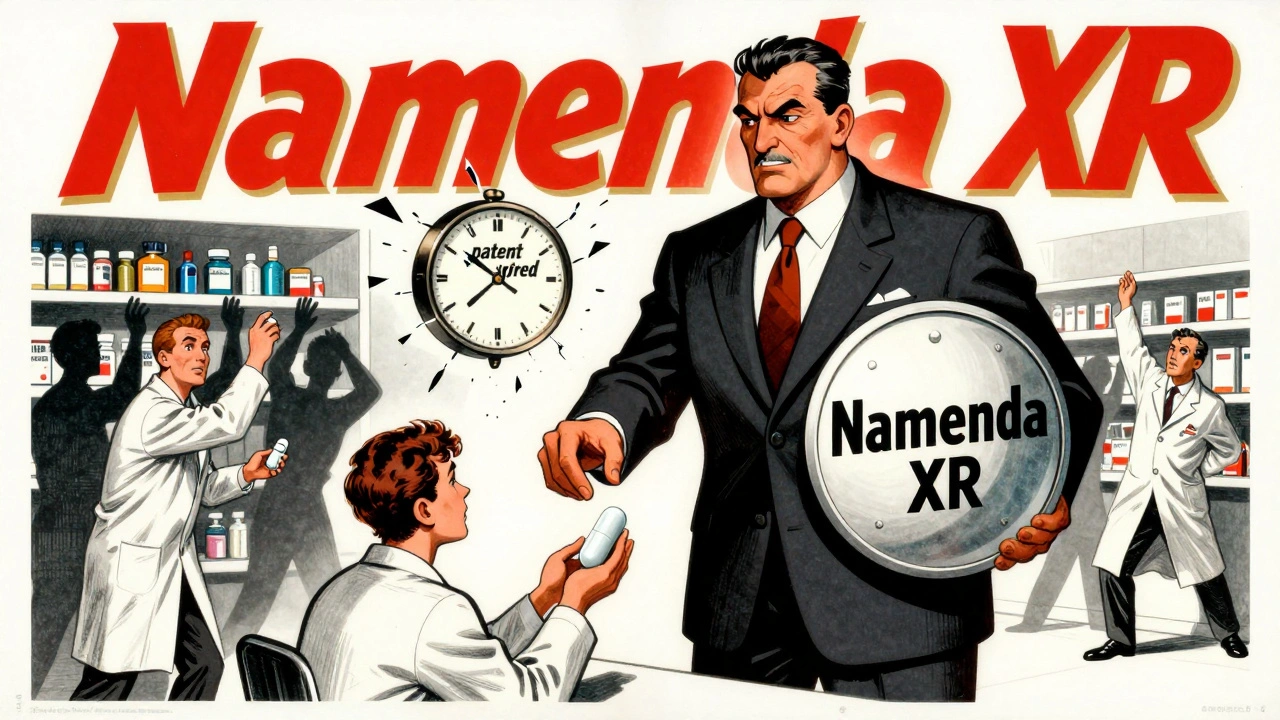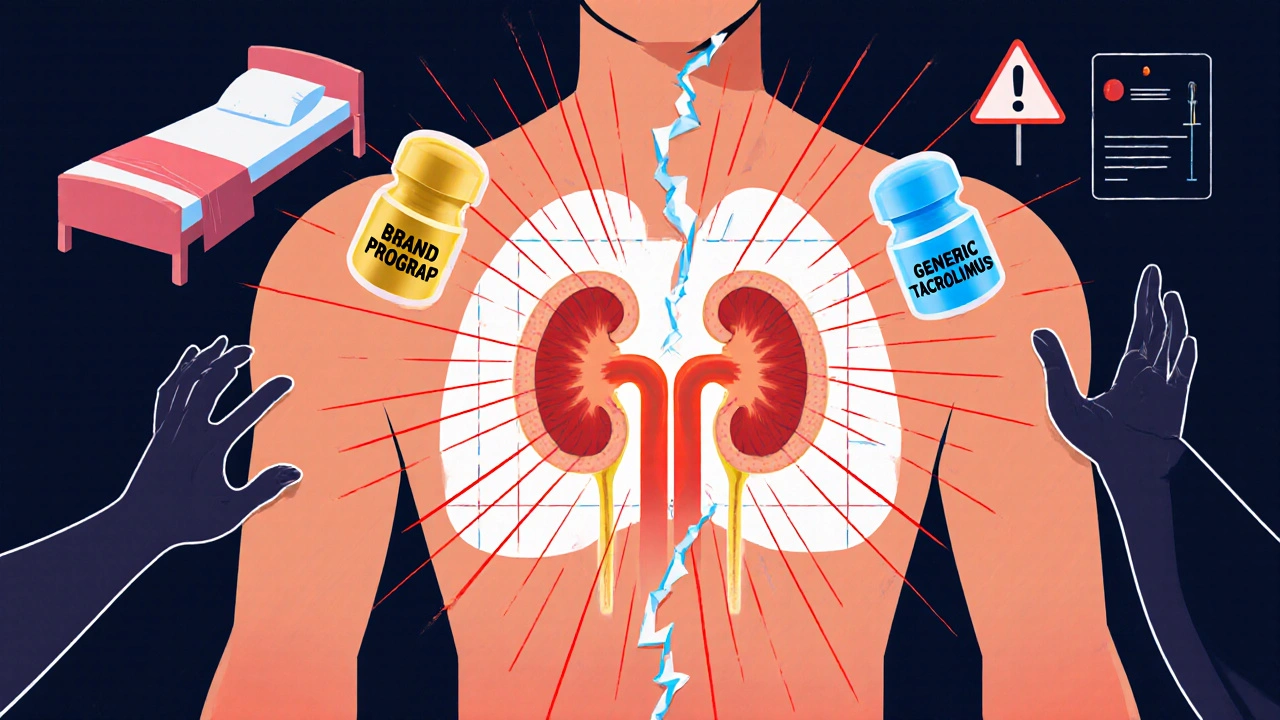Generic Substitution: What It Is, How It Works, and What You Need to Know
When your pharmacist hands you a pill that looks different from what your doctor prescribed, but the name is the same, you're experiencing generic substitution, the practice of replacing a brand-name drug with a chemically identical generic version at the pharmacy level. Also known as generic switching, it's how most prescriptions in the U.S. get filled—nearly 9 out of 10—and it saves billions every year without cutting corners on safety or effectiveness.
Generic substitution isn't random. It's backed by strict rules. The ANDA process, the legal pathway the FDA uses to approve generic drugs. Also known as Abbreviated New Drug Application, it requires generics to prove they deliver the same active ingredient, in the same strength, and at the same rate as the brand-name version. That's called bioequivalence, the scientific standard that ensures a generic drug performs the same way in your body as the original. Also known as therapeutic equivalence, it's not a guess—it's tested in real people through clinical studies. You might hear people say generics are "just copies," but that's misleading. They're not knockoffs. They're legally required to match the brand in every way that matters: how fast they work, how much gets into your bloodstream, and how long they last.
But not all substitutions are the same. For most meds—antibiotics, blood pressure pills, cholesterol drugs—switching to a generic is smooth and safe. Studies show long-term outcomes are nearly identical. But for drugs with narrow therapeutic windows—like seizure meds, thyroid hormones, or blood thinners—small differences in absorption can matter. That’s why some doctors still write "Do Not Substitute" on prescriptions. It’s not because generics are unsafe. It’s because your body might respond differently to a change in inactive ingredients, even if the active part is identical. And that’s why patient stories on social media, forums, and support groups matter. People share when a switch worked, when it didn’t, and what side effects popped up. That real-world feedback helps others decide what’s right for them.
Brand-name drugs cost more because of marketing, patents, and research costs—not because they work better. Generics don’t have those expenses, so they’re cheaper. But the quality? It’s the same. The same factories often make both. The same FDA inspections apply. The same standards for purity and potency. You’re not getting a lesser product. You’re getting the same medicine, at a fraction of the price. And with more people turning to online pharmacies to buy generic ciprofloxacin, Claritin, or other meds, knowing how substitution works helps you avoid scams and find real savings.
What you’ll find below is a collection of real-world stories, data, and comparisons that cut through the noise. From how generic substitution affects people with psychiatric disorders to why biologic drugs can’t be swapped like regular pills, these posts give you the facts—not the fluff. Whether you’re switching meds, saving money, or just trying to understand why your prescription looks different this month, you’ll find answers here—straight from the science and the people who’ve lived it.



